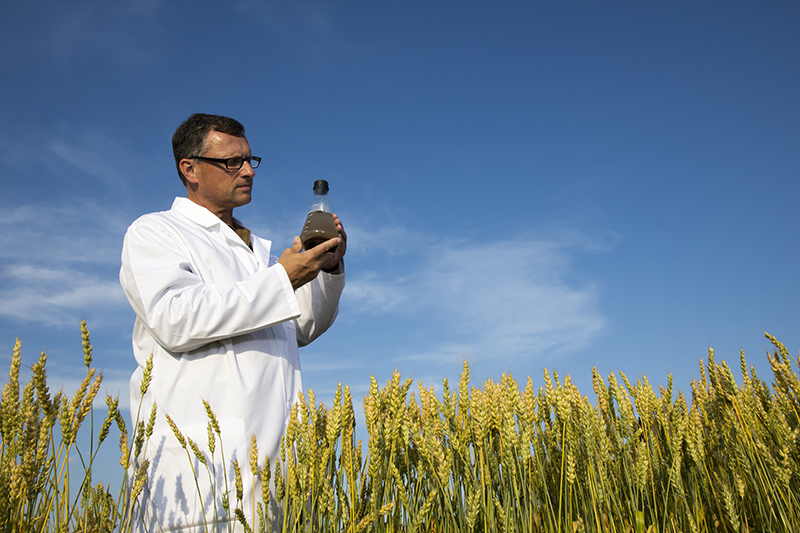Legionella spp. is a bacterial genre frequently found in aquatic environments such as lakes, rivers and drinking water systems. The Legionella pneumophila, which is the most commonly found species in cases of human infections, has first been involved in an outbreak of pulmonary infections in 1976, among legionnaires attending a convention in Philadelphia.
The Legionella genre comprises more than 50 species. These bacteria develop at temperatures between 25 and 42 degrees Celsius and are usually found in showers, spas, cooling towers and water heaters. They thrive in areas where the temperature is already ideal for other microbes to live and grow. The contamination propagates following the inhalation of contaminated droplets. The elderly, immune-deficient individuals and smokers are the people most at risk of being affected by these bacteria.
In the summer of 2012, the area of Québec City went through an important hatching of Legionella bacteria, to the point where more than thirteen people died. The cooling towers were targeted and disinfected. On the other hand, it is also possible that some water heaters or spas may have caused the sickness in certain individuals. Indeed, as early as the end of the 1990s, a study showed that the water heaters in this region were Legionella carriers in a proportion of about 30%. This fact is also well documented for spas and shower heads. In order to eradicate this problem, a minimum of 0.3 mg/L of free chlorine should be maintained. Maintaining this quantity of chlorine can be achieved, but it is difficult to control in cooling towers and water heaters. Moreover, the chlorine can oxidize the equipment, a drawback administrators tend to fear.

